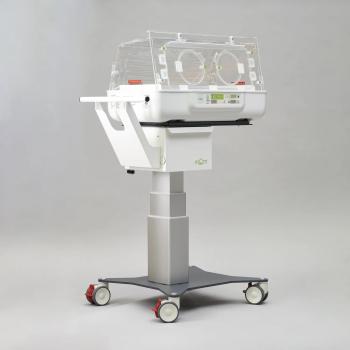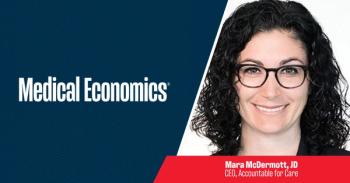
Physicians groups to Congress: Do more to help with payment reform
Letter calls for actions that would make it easier for doctors to participate and stay in alternative payment models
The nation’s major medical societies want Congress to provide more help for doctors and practices seeking to transition to
In a February 13 letter to leaders of three Congressional committees with jurisdiction over health care financing, the physician groups outlined their recommendations for bolstering
The letter to the chairs and ranking members of the Senate Finance committee and the House of Representatives Energy and Commerce and Ways and Means committees states that “value-based payment reforms have generated over $17 billion in gross savings for Medicare over the last decade and improved the quality of care for millions of patients.”
It adds that while about 30% of Medicare clinicians participate in
The letter lays out several recommendations for increasing APM participation, including:
- Extending the 5% advanced APM incentive payments included in the 2015 Medicare Access and CHiP Reauthorization Act;
- Giving the Centers for Medicare & Medicaid Services rulemaking authority to adjust qualifying participation thresholds (the percentage of Medicare patients or dollars derived from patients assigned to that model) and to vary them when models designed for specialists can’t meet one-size-fits-all thresholds;
- Making it easier for participants to join and remain in existing APMs by removing the high-low revenue designation in the Medicare Shared Savings Program—which penalizes safety net providers— and by changing financial methodologies that have the effect of penalizing providers for their own success, and providing greater flexibilities and waivers for clinicians moving to risk-based payment models;
- Creating a more predictable pathway for implementing new payment models and making them permanent so that clinicians will be more willing to invest in them; and
- Establishing parity between APM and Medicare program requirements to ensure they have the same flexibilities to reduce clinician burdens and that APMs don’t face a competitive disadvantage.
Letter signatories include the American Academy of Family Physicians, Association of American Medical Colleges, American College of Physicians, American Medical Association, American Medical Group Association, America’s Physician Groups, Federation of American Hospitals, Health Care Transformation Task Force, Medical Group Management Association National Association of ACOs, National Rural Health Association, and Premier, Inc.
Newsletter
Stay informed and empowered with Medical Economics enewsletter, delivering expert insights, financial strategies, practice management tips and technology trends — tailored for today’s physicians.








